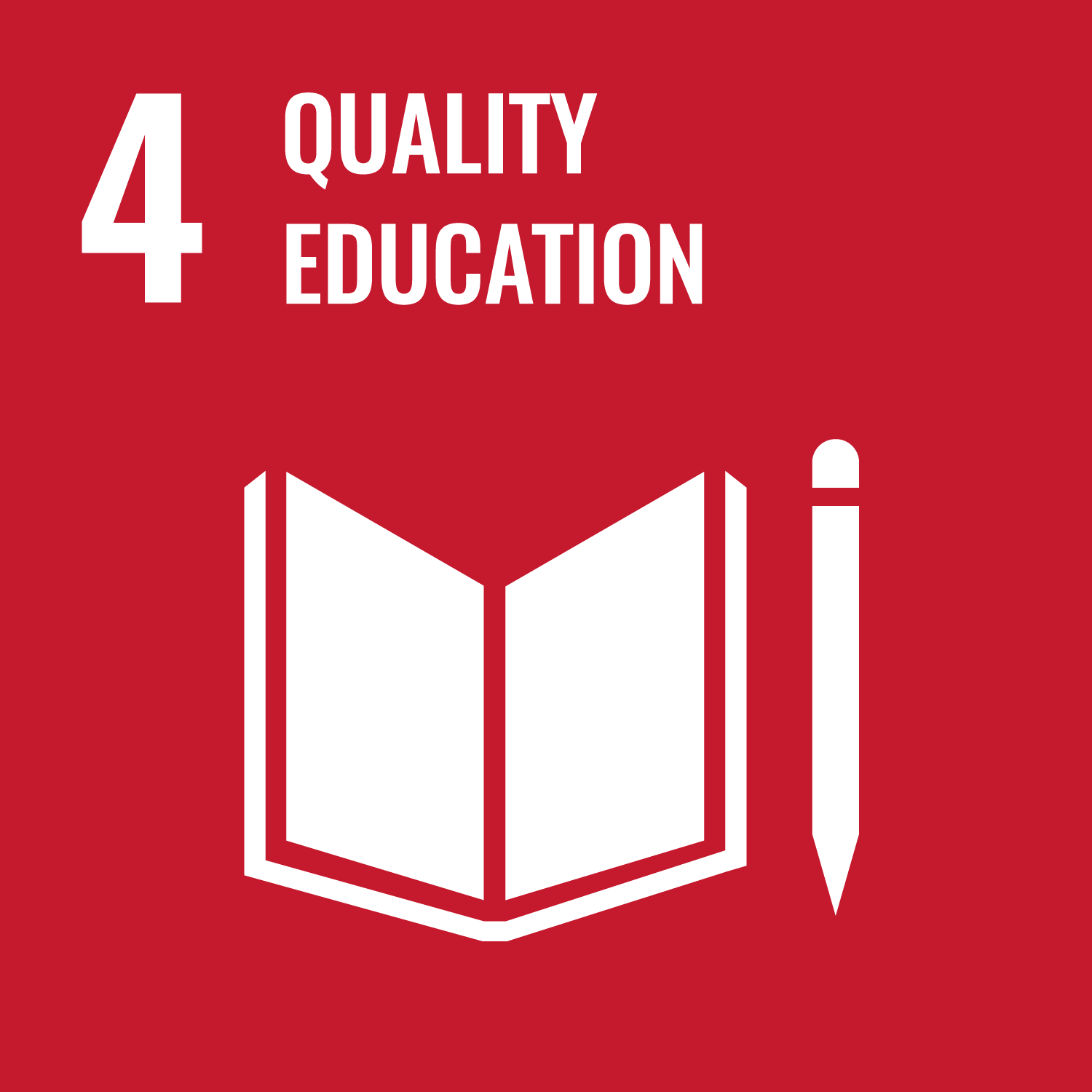In order to discuss material engineering at the atomic scale, fundamental knowledge of chemistry is essential. This course
is a lecture and exercise for the first grade student of the material engineering department to acquire understanding general
chemistry, together with "material chemistry 1".
To Learn basic chemistry, mainly nature of the chemical bond, through lectures and exercises at lecture time
- To check the basic knowledge that is essential to understanding organic chemistry, such as nomenclature of organic compounds and stereochemistry projection
- To understand subatomic particles and atomic orbit. We discuss chemical bonds and molecular orbitals on the basis of electronic theory.
- To understand the intermolecular interactions and typical chemical reactions for prediction of organic material properties.
| Class schedule | HW assignments (Including preparation and review of the class.) | Amount of Time Required | |
|---|---|---|---|
| 1. | Guidance (structure and properties of atoms) | Review of general chemistry in high school course | 90minutes |
| 2. | Bohr atomic model, wave–particle duality and particle in a box | Review of the last lecture | 90minutes |
| 3. | Atomic orbit of hydrogen atom and atomic orbit of multi-electron atom | Review of the last lecture and exerice | 90minutes |
| 4. | Chemical bond (ionic bond and covalent bond) | Review of the last lecture and exerice | 90minutes |
| 5. | Bonding orbital and anti-bonding orbital | Review of the last lecture and exerice | 90minutes |
| 6. | Molecular orbital of homonuclear diatomic molecule | Review of the last lecture and exerice | 90minutes |
| 7. | Final examination | Review of the lectures and exerices | 450minutes |
| 8. | [exercise] control statement 1 | * | |
| 9. | [exercise] control statement 2Basis of numerical simulation[exercise] numerical calculations of the definite integralGraphical User Interfaces and object-oriented concepts[exercise] 2D point diagram for simple functions and Mayo–Lewis equation[exercise] 3D graphics depicting a molecular orbitalWrap up and a final examination | ******* | |
| Total. | - | - | 990minutes |
| Quiz | Examination | Total. | |
|---|---|---|---|
| 1. | 18% | 14% | 32% |
| 2. | 19% | 15% | 34% |
| 3. | 19% | 15% | 34% |
| Total. | 56% | 44% | - |
Evaluation by using of the results of each exercise (quiz) and final examination
- After the lecture, or call/e-mail to schedule an appointment
- Course that cultivates an ability for utilizing knowledge
- Course that cultivates a basic problem-solving skills
| Work experience | Work experience and relevance to the course content if applicable |
|---|---|
| N/A | N/A |


- 4.QUALITY EDUCATION
- 9.INDUSTRY, INNOVATION AND INFRASTRUCTURE
Last modified : Sat Sep 09 07:50:56 JST 2023

